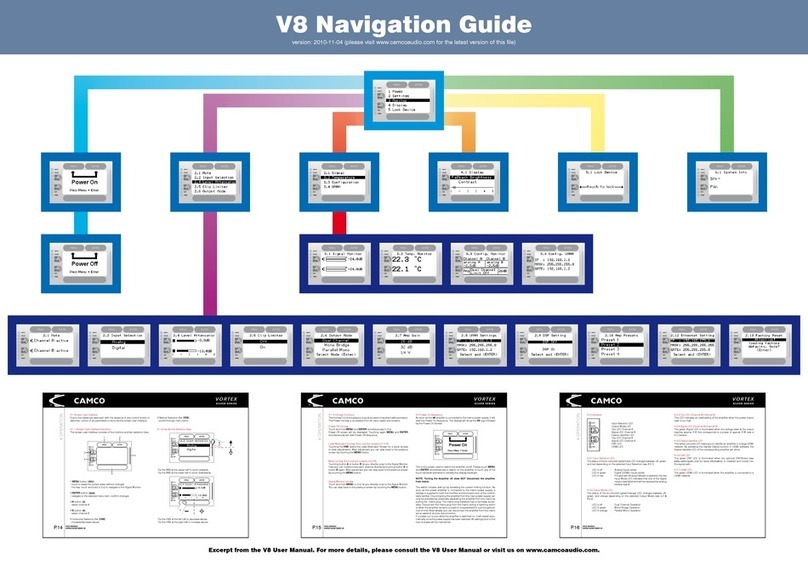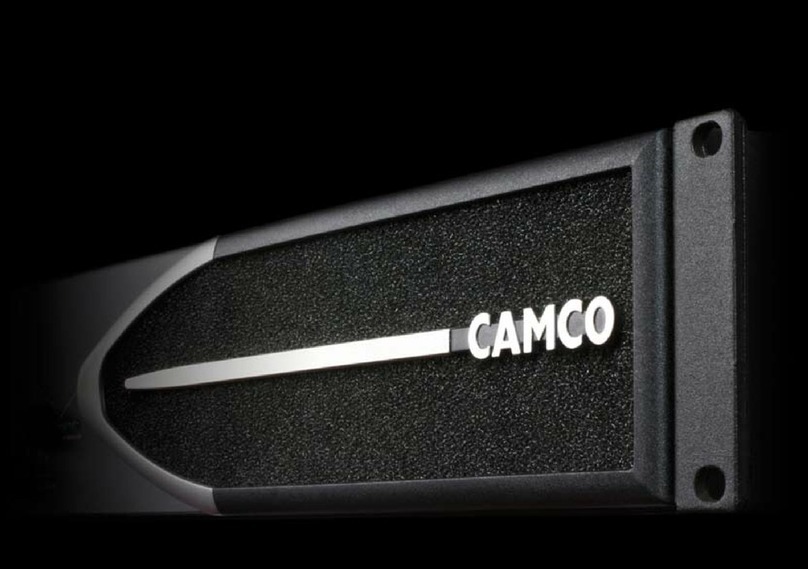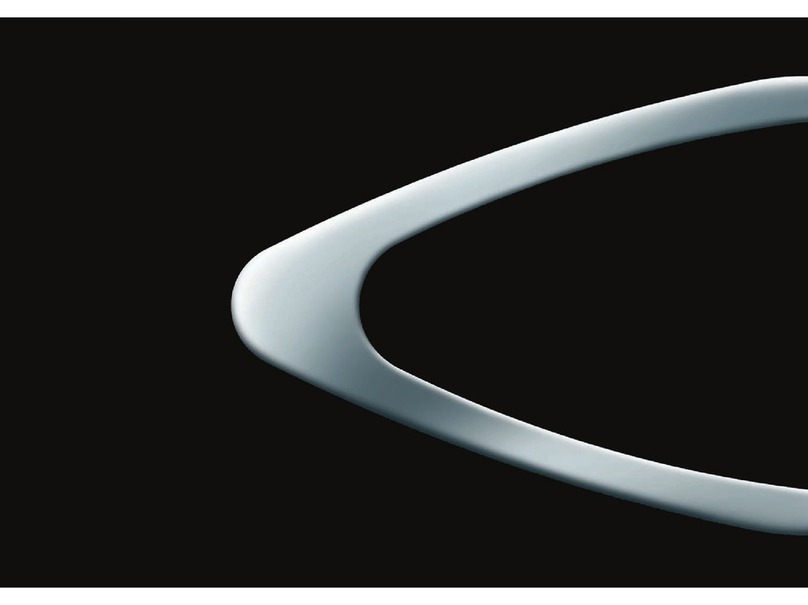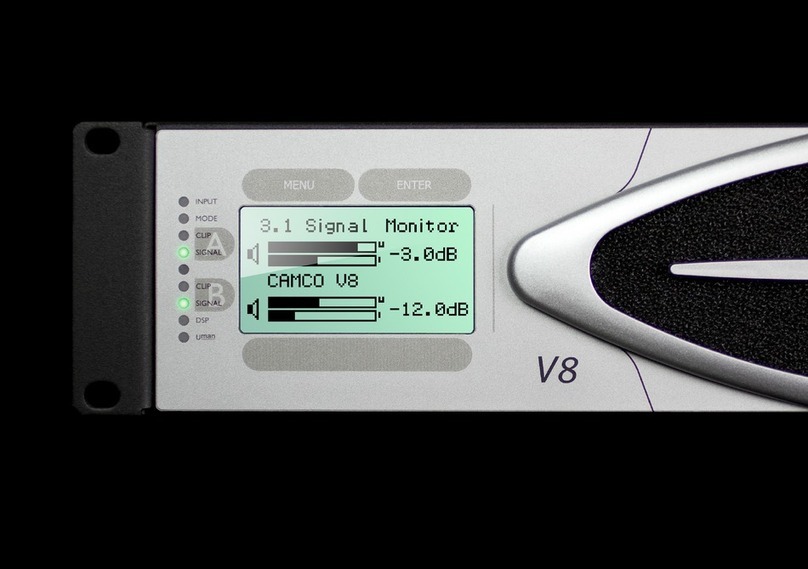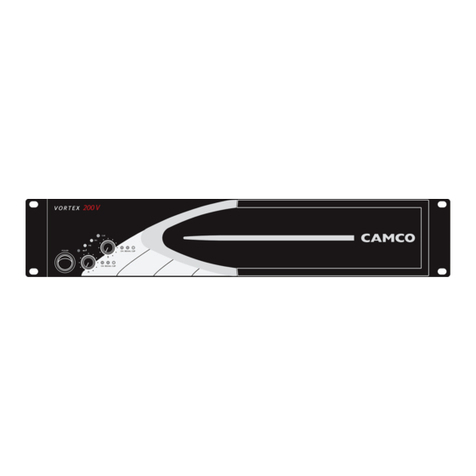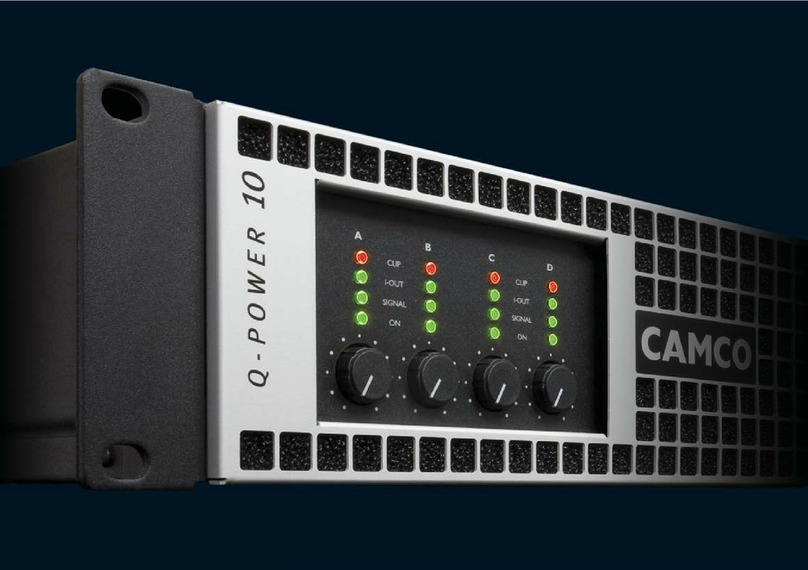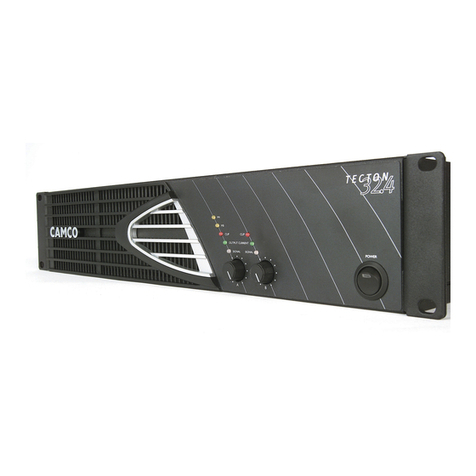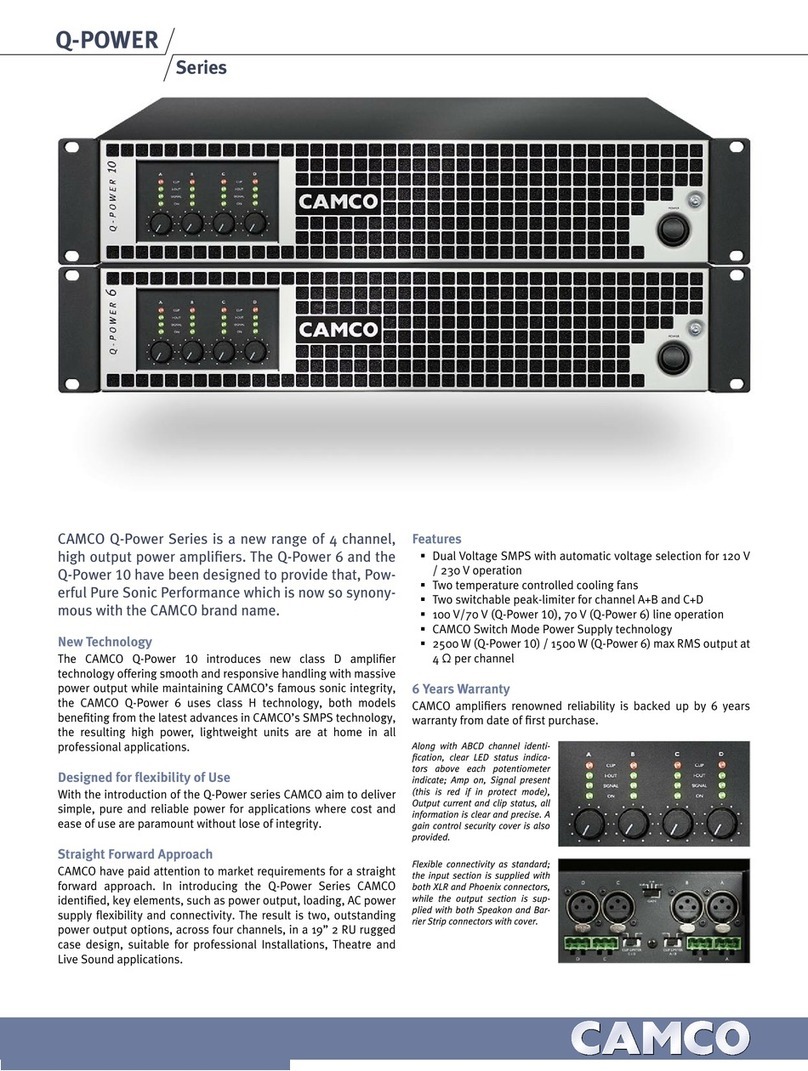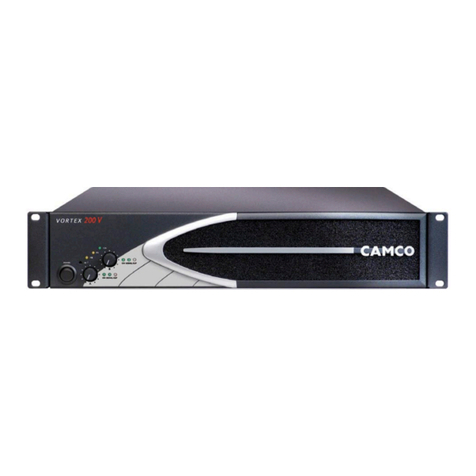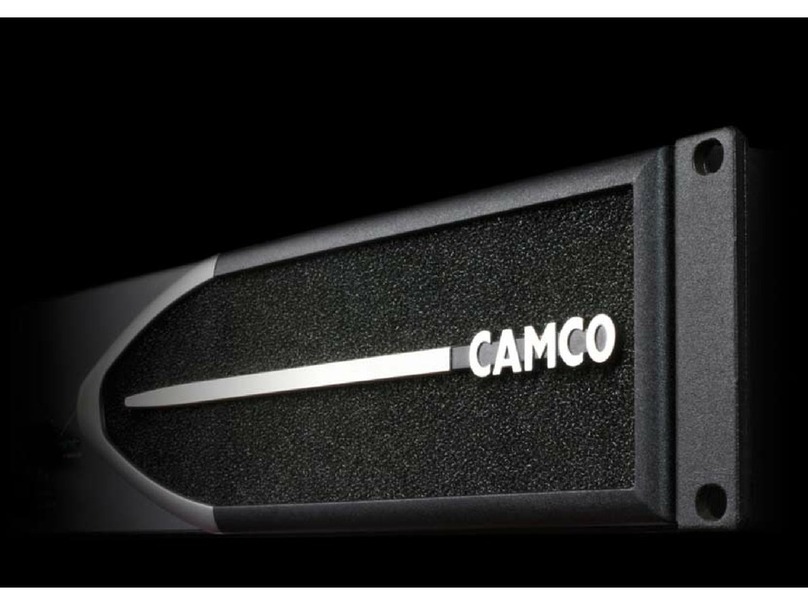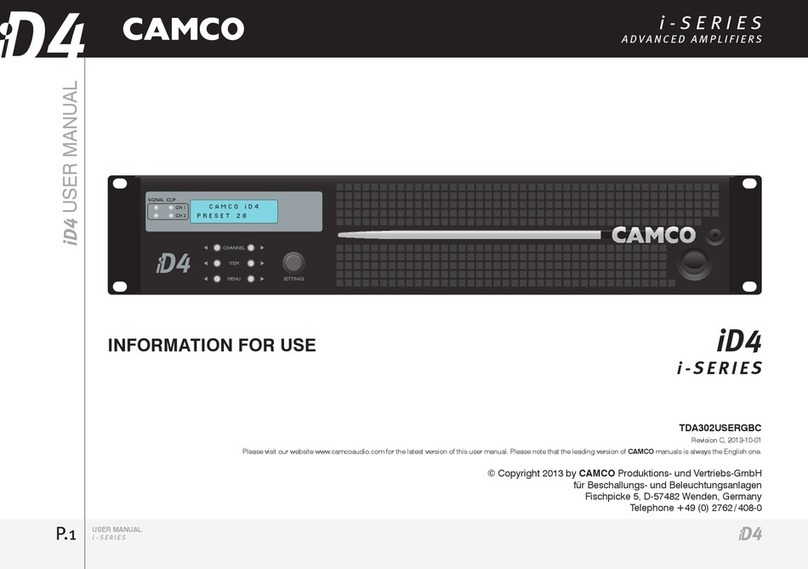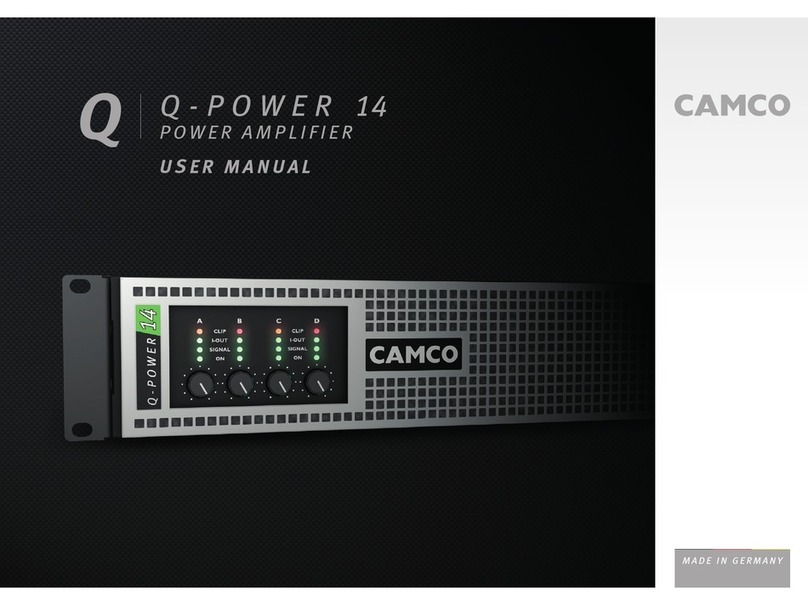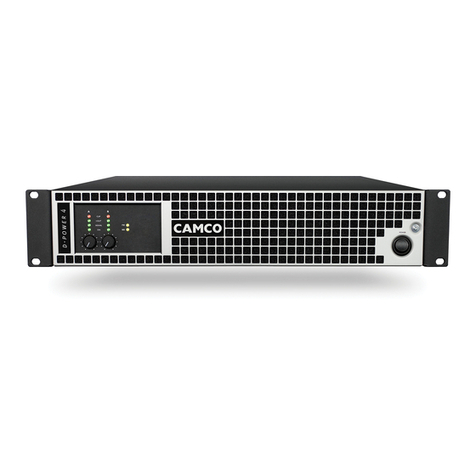
D-POWER
SERIES
USER MANUAL
D-POWER 7
P. 2
IMPORTANT SAFETY INSTRUCTIONS
1. General
The amplifier may only be used in accordance with the information provid-
ed in the user manual. Before and during the usage of the amplifier please
ensure that all recommendations, especially the safety recommendations
as detailed in the user manual, are adhered to.
The D-POWER 7 amplifier is designed for the amplification of pulsed audio
signals. The amplifier should only be connected to speakers with an aver-
age impedance as indicated.
2. User Manual
Read the information for use (user manual) and heed all warnings. Keep
this user manual in a safe place during the lifetime of the amplifier. The
user manual forms an integral part of the amplifier. Reselling the amplifier
is only possible if the user manual is available. In case of reselling the
amplifier, the reseller has to document any changes made to the amplifier
in writing and pass the documentation on to the buyer.
3. Environments
Use this amplifier only in E1, E2, E3, or E4 environments according to
EN55103-2 “Electromagnetic compatibility – Product family standard for
audio, video, and audio-visual and entertainment lighting control appara-
tus for professional use – Part 2: Immunity”.
4. Mounting/Placement
Do not place this amplifier on an unstable cart, stand,
tripod, bracket, or table. The amplifier may fall caus-
ing serious injury and serious damage to the prod-
uct. Any mounting of the amplifier should follow the
manufacturer´s instructions. Only mounting accessory
shall be used which is recommended by the manufac-
turer.
5. Power Cord Protection
Power supply cords should be routed so that they are not likely to be
walked on or pinched by items placed upon them or against them, paying
particular attention to cords and plugs and the point where they exit from
the amplifier.
6. Heat
Do not use this amplifier near any heat sources such as radiators, heat
registers, stoves, or other apparatuses that produce heat.
7. Water and Moisture
Do not expose this device to rain or moisture. Do not use this amplifier
near water (for example swimming pools and fountains). Do not place any
objects containing liquids, such as bottles or glasses, on the top of the
unit. Do not splash liquids on the unit. IP-20 equipment. There is no protec-
tion against splashing water.
8. Ventilation
Slots and openings in the cabinet are provided for ventilation to ensure
reliable operation of the amplifier and to protect it from overheating. These
openings must not be blocked or covered. This amplifier should not be
installed unless proper ventilation is provided or manufacturer’s instruc-
tions have been adhered to.
9. Interference Of External Objects and/or Liquids with the Appliance
Never push objects of any kind into this amplifier through openings as they
may touch dangerous voltage points or short-out parts that could result in
fire or electric shock. Never spill liquid of any kind on the amplifier.
IMPORTANT SAFETY INSTRUCTIONS
